Help us ring in the new year! The 63rd annual Martha’s Vineyard Christmas Bird Count will be held Jan. 1. We divide the Island into territories and a field team is assigned to cover that area and count all the birds they see. Luanne Johnson, the compiler, tries to get the same team to cover each territory every year to maximize the value of the data. Another important way to participate is to count of the birds near your house, called a feeder count. Please go to biodiversityworksmv.org/birding-mv/mvcbc to get more information about how to participate.
This event is a lot of fun and the results comprise the world’s largest citizen science database, with counts all across the country and ever-increasing numbers in Central and South America. Please join us.
Bob Shriber found a pomarine jaeger sitting on the water at Philbin Beach on Nov. 30. This species is seldom seen from the Island as it usually stays well offshore. There are only a handful of sightings of this species. The company that came with the jaeger is also quite remarkable: 355 red-throated loons, 44 common loons, one razorbill, one horned grebe, one Iceland gull, two lesser black-backed gulls, one glaucous gull (Lanny McDowell also spotted this bird), 44 common loons, 562 northern gannets, four great cormorants and 15 double-crested cormorants.
I do not recall any glaucous gulls seen last winter. Lanny McDowell also spotted one recently and this is already the third sighting of the season. The others were by Bob Shriber on Nov. 25 at the Gay Head Cliffs and Dogfish Bar.
Another unusual sighting is a juvenile red-headed woodpecker at a Waldrons Bottom feeder, spotted by Gabrielle Whitcomb. Interestingly, it is very close to the area where Margaret Curtin found a juvenile last May. Since both sightings are of juveniles, it would probably not be the same bird but is there a breeding pair in that area that we do not know about? Anyone in that area, please keep an eye out.
Gus Ben David also spotted an unusual bird at his feeder on November 27: a first winter female dickcissel. He thought it might be a Henslow’s sparrow — a species that has been seen five times on the Island — and he wanted to make sure the identification was correct, so he called around. From his description over the phone, Susan Whiting identified it as a dickcissel, and Allan Keith confirmed that identification when he saw the photographs. The bird was still present on Dec. 2.
A ruddy duck spent much of last winter at the Oak Bluffs pumping station. So is it surprising that John McCormick spotted a winter plumage male there on Dec. 1? Not really, but that is not typically where we find a ruddy duck. (Think Squibnocket Pond.) Is it the same individual back for another winter? On Dec. 4 both Luanne Johnson and I observed the bird there.
I also briefly — for maybe 30 seconds — watched a winter wren as it skulked around in the underbrush at the northern end of Crystal Lake. This is only the second sighting of the species this season; their secretive movements mean that they are likely more common than we realize. I went there for other species and was not disappointed. I found the three American coots that have been there for a while and also saw 10 ring-necked ducks, two greater scaup, one gadwall and one Bonaparte’s gull. I did not find the three northern shovelers but Jeff Bernier found them on Nov 29.
It has been a while since sparrows have been mentioned in this column, so here is a synopsis of their abundance from November to now, ranked from least to most common, based on how many different places each species has been observed.
Chipping sparrows are the least common, with one individual seen at three different sites. This is slightly misleading as we will have wintering flocks that have so far been overlooked or perhaps they have not yet arrived. Two species — fox sparrow and Ipswich sparrow — are not significantly more common and each have been reported from four locations, with one to two individuals seen at each site. The Ipswich sparrow is really a very pale version, a subspecies, of the arguably more common Savannah sparrow. The much darker Savannah sparrow is marginally more abundant, with one to three individuals present at five sites.
American tree sparrows have also been observed at five sites, with one or two individuals at each site. Surprisingly, all the sites are up-Island.
We are still considering the less than common sparrows. Field sparrow were reported from seven sites, again all up-Island, with one to four individuals observed. Next most regularly seen is the swamp sparrow, a denizen of shrub swamps, which had up to four individuals seen at 10 sites.
Now we are getting to the three most commonly-seen sparrows. Dark-eyed juncos were reported from 16 sites but some of the flock sizes were much larger, with several flocks of eight or more and one flock included 22 individuals. White-throated sparrows are slightly more frequently seen, with up to six individuals at 19 sites.
I often find those two species in the same flock but so far this season the flock of about eight junco remains about 100 yards from my feeder in a neighbor’s yard; there are three white-throated sparrows that visit my feeder every day. I want my juncos back and visiting my feeder!
It is unlikely to surprise anyone that the song sparrow is the most common species. There were up to nine individuals seen at 39 different sites. If you are not comfortable with your sparrow identification, this is the species to learn first so you can then recognize when that little brown job is not a song sparrow.
Please email your sightings to birds@mvgazette.com.
Robert Culbert is an ecological consultant with Nature Watch LLC, living in Vineyard Haven.

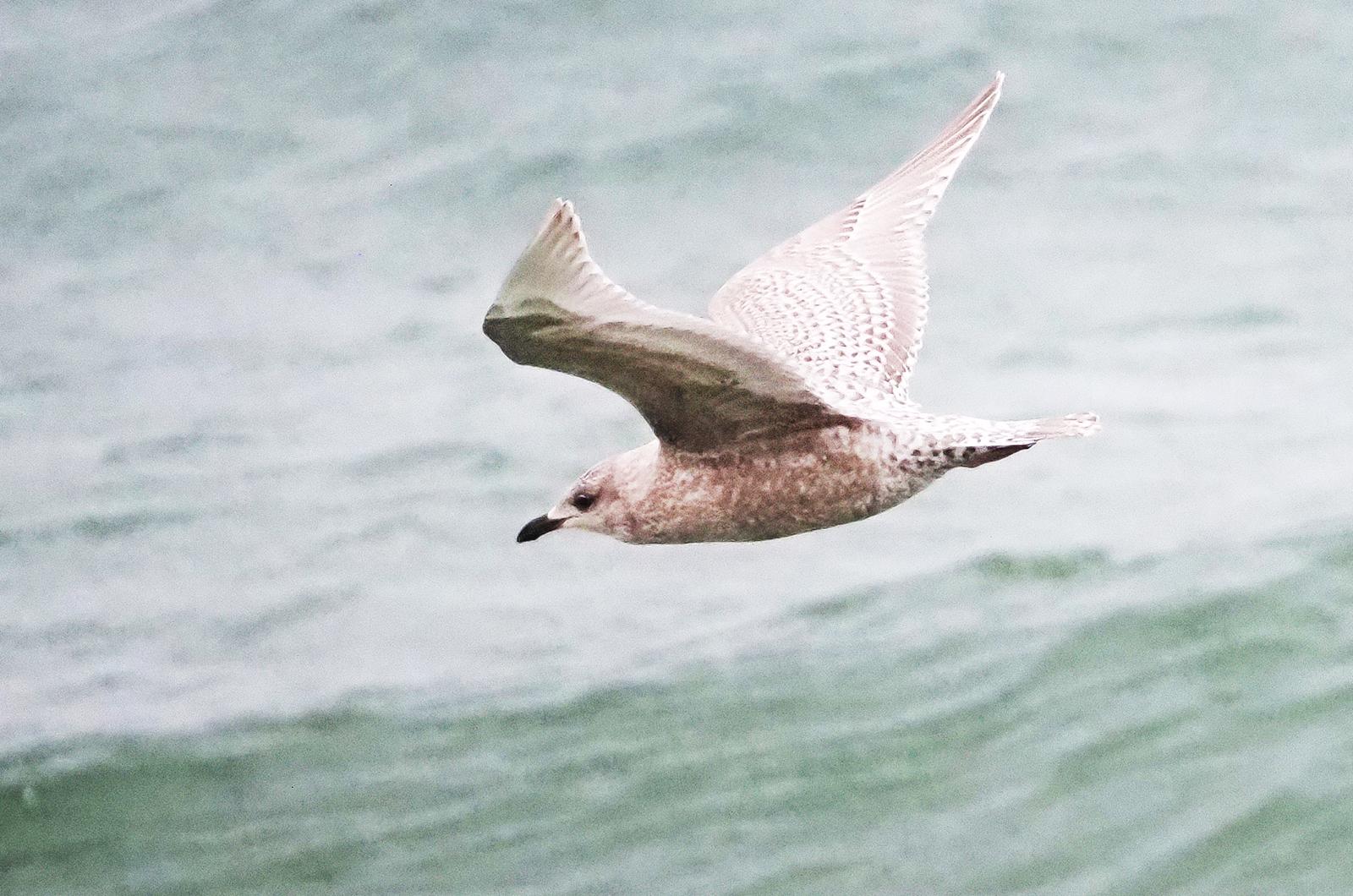
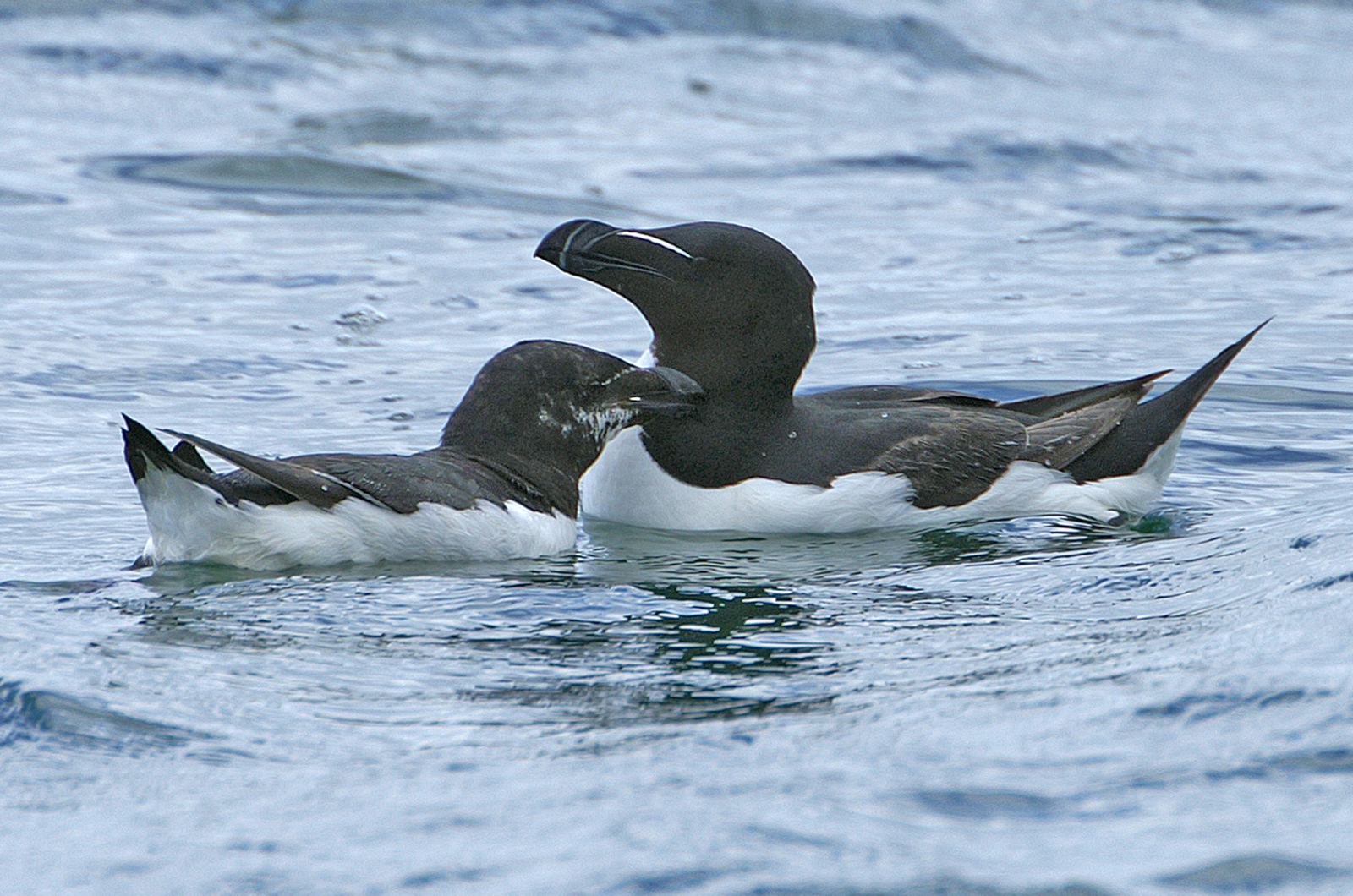

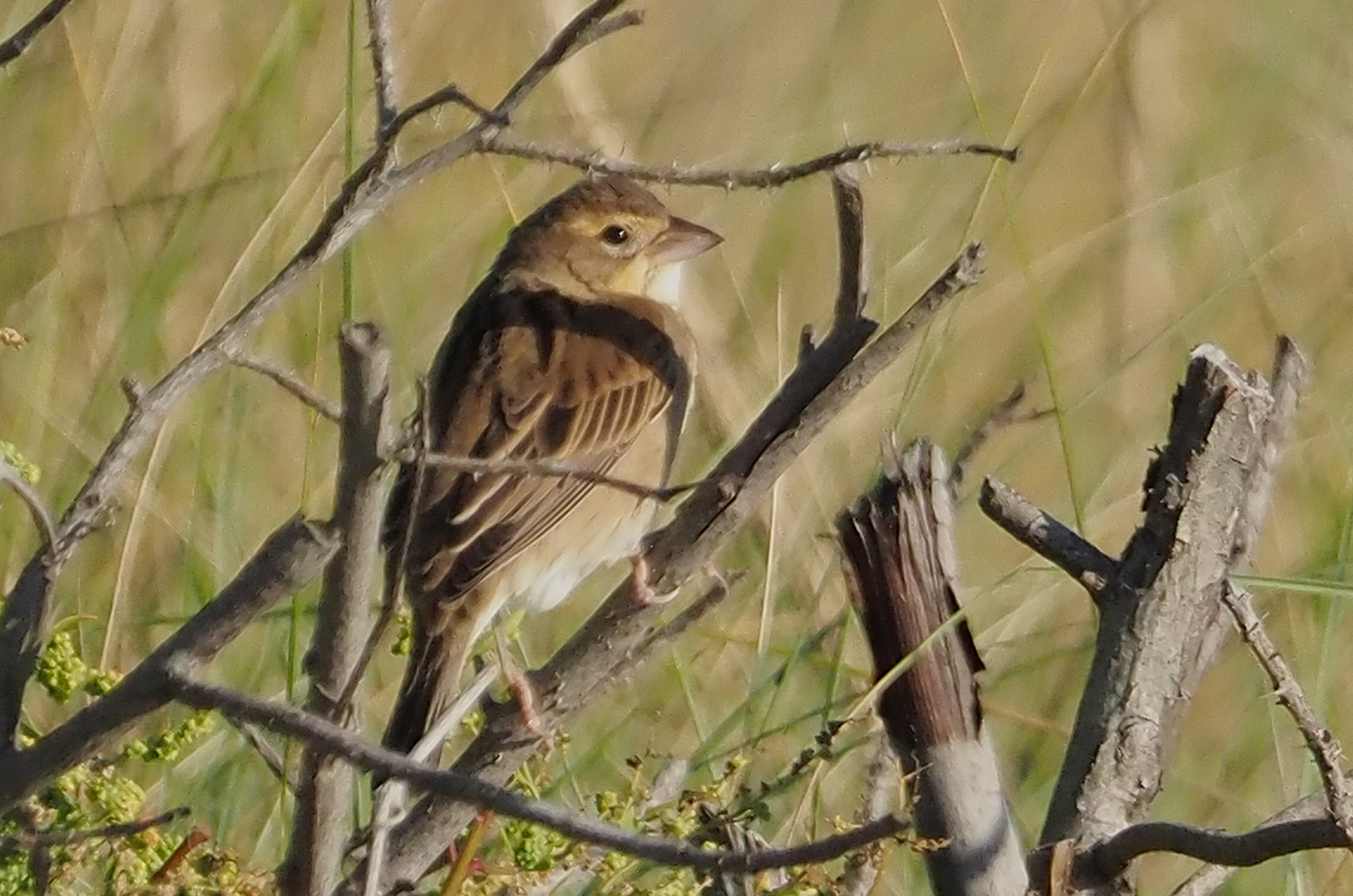
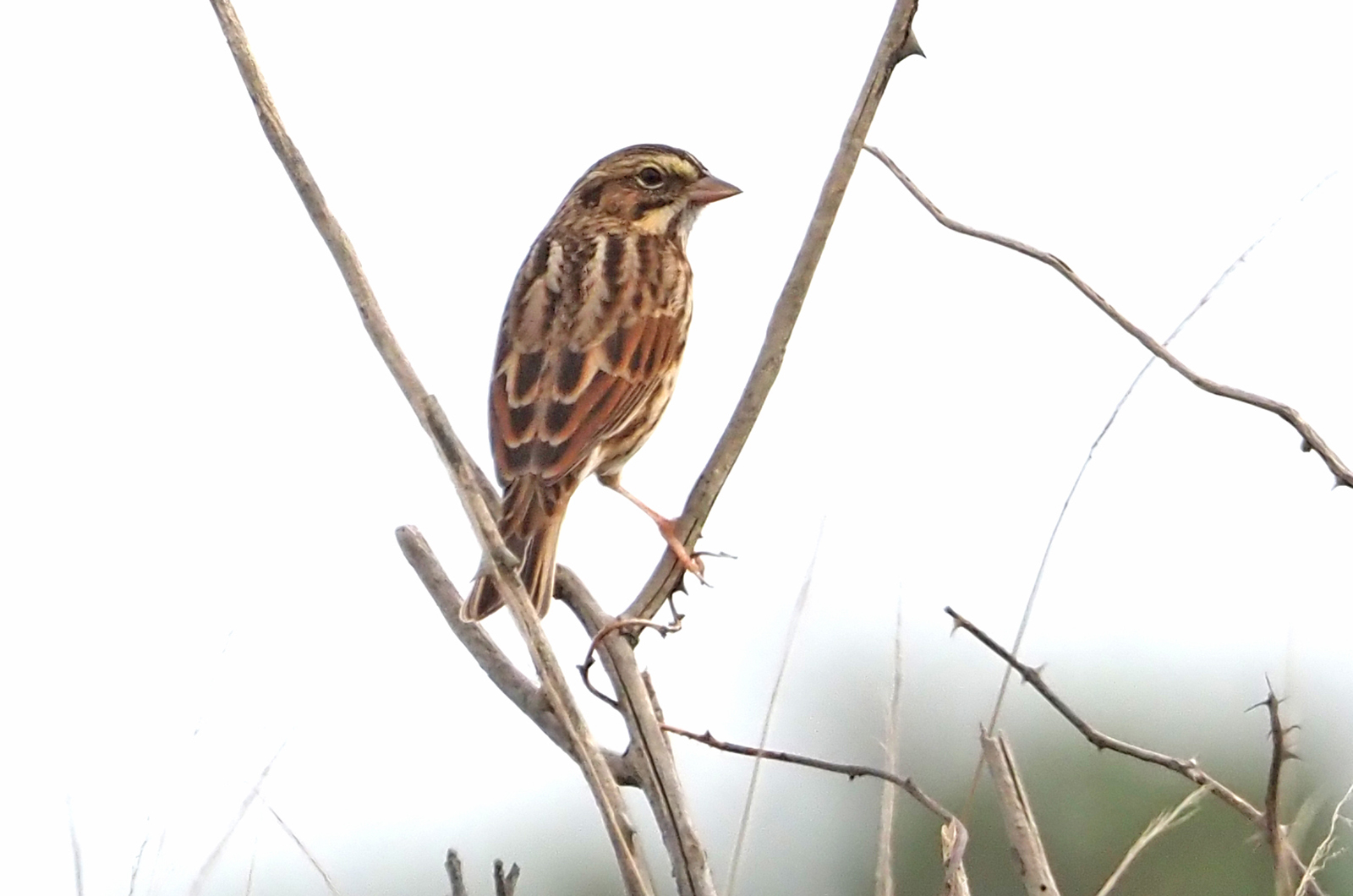
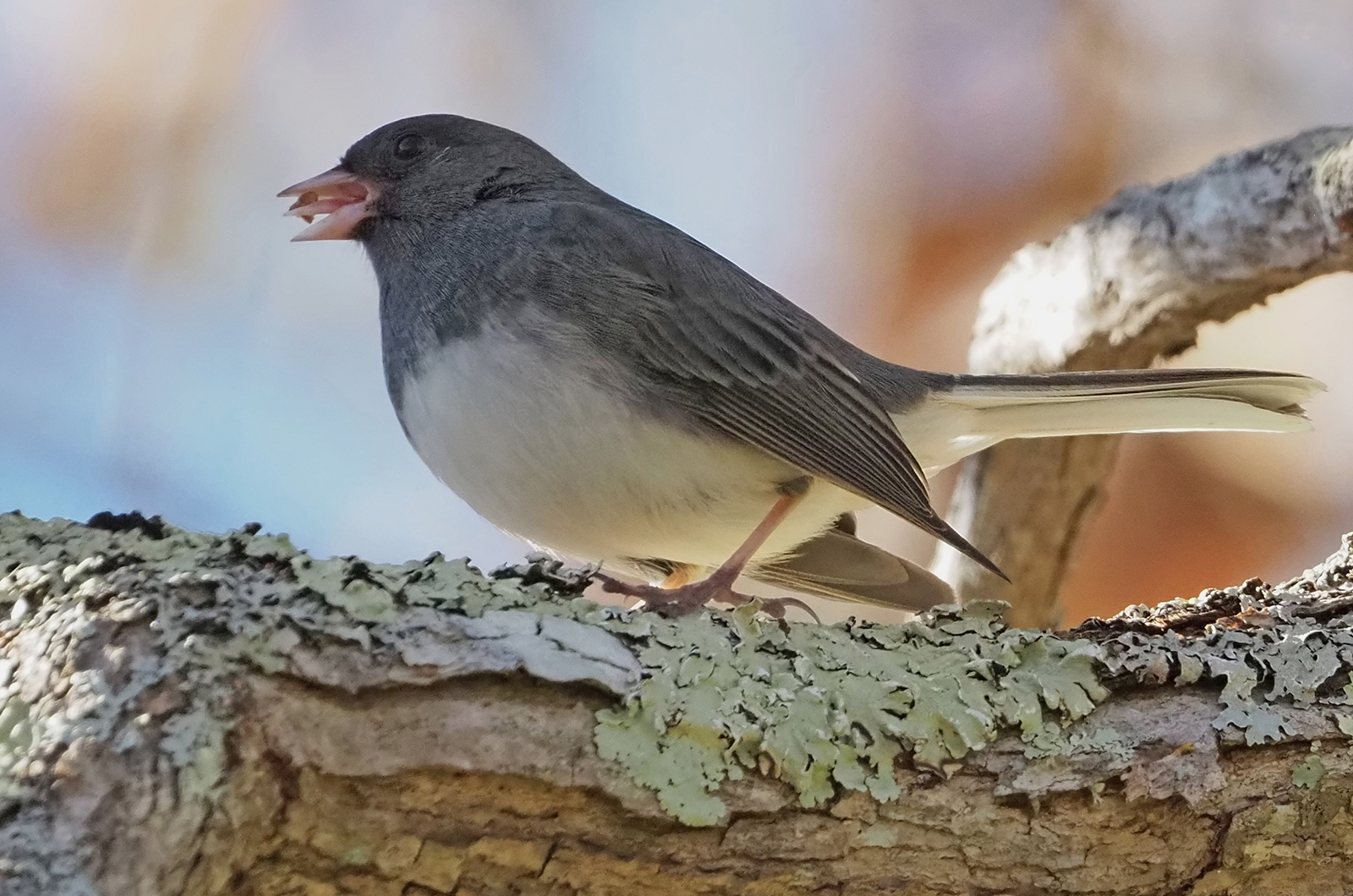





Comments
Comment policy »